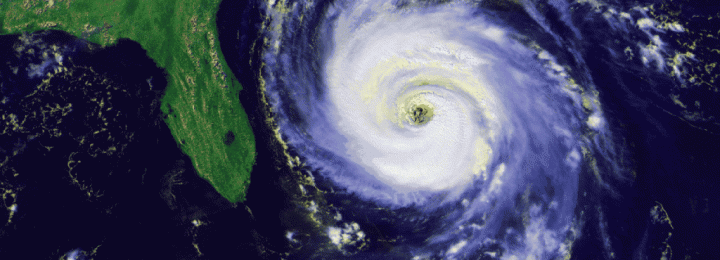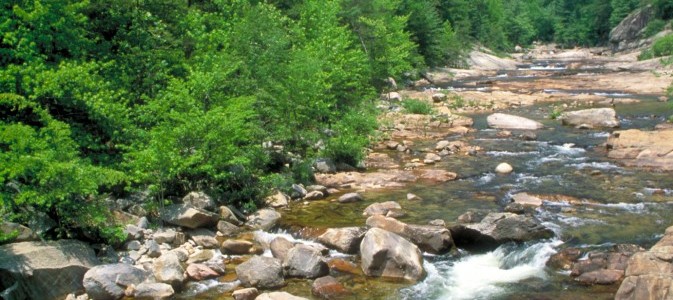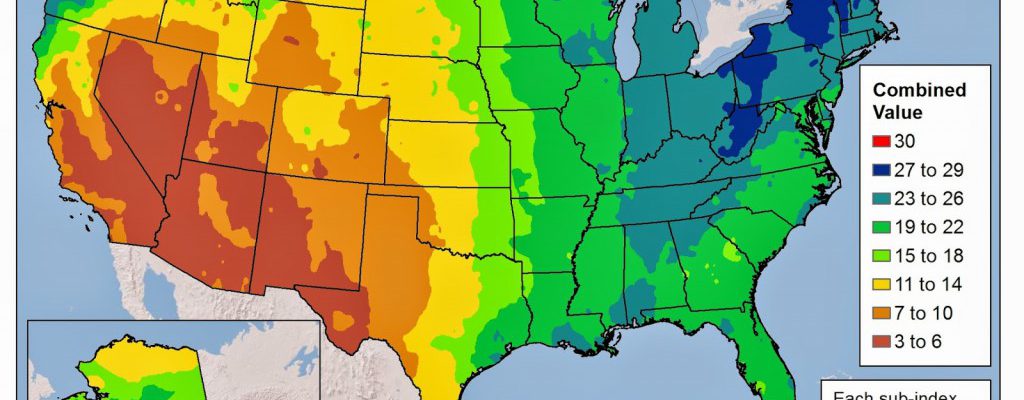Climate science
-

Unfortunately for those in the Southeast who like snow, a La Niña winter is not a great harbinger of a snowy season, since we tend to be warmer and drier than usual. But even though the Southeast may not be blessed by the white stuff (and the chances are not zero in most of the…
-

NOAA and NASA have been trying for several days to launch their new joint satellite, the JPSS, but have been stymied by bad launch weather. Early this morning the bird finally flew and is headed to a polar orbit that will cover the globe twice each 24 hours. You can read more about how scientists…
-

Do you believe that woolly bear caterpillars predict winter conditions? The State Climate Office of North Carolina published a look at the coming winter season from the standpoint of weather folklore in their latest blog post today. You can read it at https://climate.ncsu.edu/climateblog?id=246&h=5666e5c1.
-

A recent article from Florida State University looks back at the 2017 hurricane season and discusses what, if anything, it can tell us about how a warmer climate in the future might affect the hurricanes that hit the Southeast. The short answer is that the number of hurricanes does not seem to be affected but…
-

It’s well known that in a drought, trees near the tops of hills are more likely to die than trees farther down the hill. This is because water runs downhill, and whatever water is captured in the dry conditions is more likely to be stored in valleys. The water table also drops more steeply in…
-

Winter is on the way across the US and will soon come to the Southeast too. Before the bad weather hits, be prepared for whatever might come your way. The National Weather Service has a great website with a lot of information on winter weather and how you can get ready for it at https://www.nws.noaa.gov/os/winter/. Now…
-

According to my friend John Feldt of Blue Water Outlook, we are entering the time of year which is historically the cloudiest for the majority of the United States. Where I grew up in Michigan and Wisconsin, late fall and early winter was typically the cloudiest, in part due to the passage of frequent low…